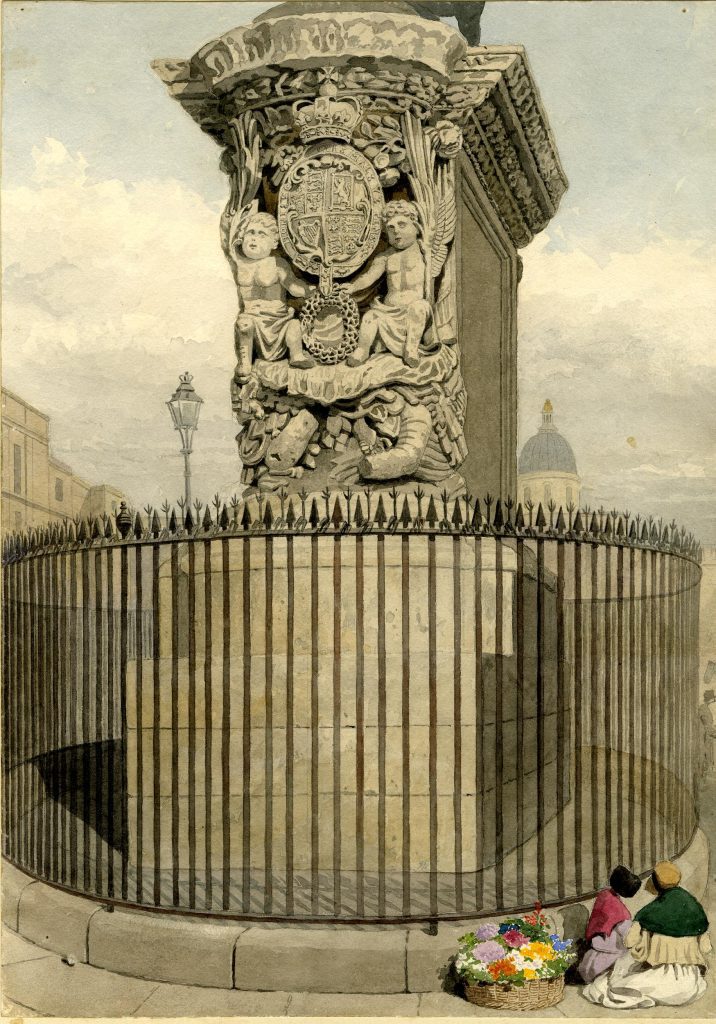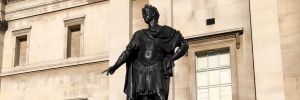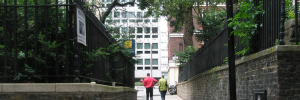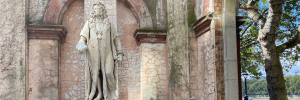Even the most dedicated of London history buffs might not know the name of Joshua Marshall. He was a master Mason who has worked on some of the most important buildings and works in Stuart London. His work can still be seen across London and is admired by thousands each year. When looking at his works, his passion for his art is clear. It’s really amazing to think that even after several hundred years we are still benefiting from his work.
Joshua Marshall was born in the City of London and baptised on June 24 1628.
Joshua Marshall was Mastor Mason to the Crown. He took over this office from Edward, who was either his father or his older brother. According to “The Great Fire of London Papers” held in the British Museum, Edward Marshall had a parcel of ground, with buildings and yards:
“to the east of Fetter Lane, on the north to the passage called Bond Stables, on the south adjoining to the buildings of one John Dawling, gent., and on the west butting on the garden of the Master of the Rolls” — Addit. MS. Brit. Mus. 5063 fol. 182.”
What was later the workshop of Joshua Marshall was most likely at the same location. We also know that in 1658 a “Mr. Marshall” obtained for the sum of 20 shillings per annum the right from St. Martin’s-in-the-Fields church to store marble stones in Hedge Lane, a narrow road between Pall Mall and Coventry Street.
Rebuilding the City after the Great Fire of London
As the proprietor of a successful masonry and construction business, Joshua Marshall worked under Christopher Wren on the reconstruction of a number of churches, including St. Brides where Mason was a parishioner. He was also one of the original masons to work on the rebuilding of St Paul’s Cathedral. One of his assistants was Nicholas Hawksmoor, well-known for his own architectural works.
Saint Sepulchre-without-Newgate, is the largest Anglican parish church in the City of London and was rebuilt 1667-71. The story is that Sir Christopher Wren was set to do the work, but the Church Wardens at the time became frustrated with having to wait in line with all the others, got bored of waiting and organised it themselves. So Joshua Marshall may have designed this one himself.
Joshua Marshall made Wren’s design a reality for the west tower of St. Clement Danes. James Gibbs added a spire in 1719. He was also responsible for rebuilding the church of St. Mary at Hill (1670-74). It’s possible that the Resurrection Relief, (the one of a number of Last Judgment scenes), may have been produced by Joshua Marshall’s workshop.
Temple Bar was built 1670-72, by Joshua Marshall, possibly from a design provided by Wren. He had significant responsibility for construction of the Monument to the Great Fire of London (designed by Christopher Wren and Dr Robert Hooke) as is indicated by his receiving £11,300 of the total cost of £13,450 11s 9d. for the monument.
Following a design provided by Wren, Joshua Marshall constructed the white marble sarcophagus that contains the bones of two children, presumed to be Edward V and his brother Richard (sons of Edward IV and known as the two princes) for Westminster Abbey.
He also worked on the new Temple Bar where John Bushnell did the statues and also the riverside frontage of Greenwich palace.
Charles I Statue, South of Trafalgar Square
© The Trustees of the British Museum. CC BY-NC-SA 4.0. Watercolour by John Wykeham Archer (Victorian)
Marshall also did the carved work of the pedestal of Charles I which is on the south side of Trafalgar Square but was originally intended for the garden of Weston’s house at Roehampton.
Died April 6, 1678 in London. He was buried at St Dunstan-in-the-West and left £200 to be given to the widows of masons in London.
Useful links:
Great Fire of London – How it Began




